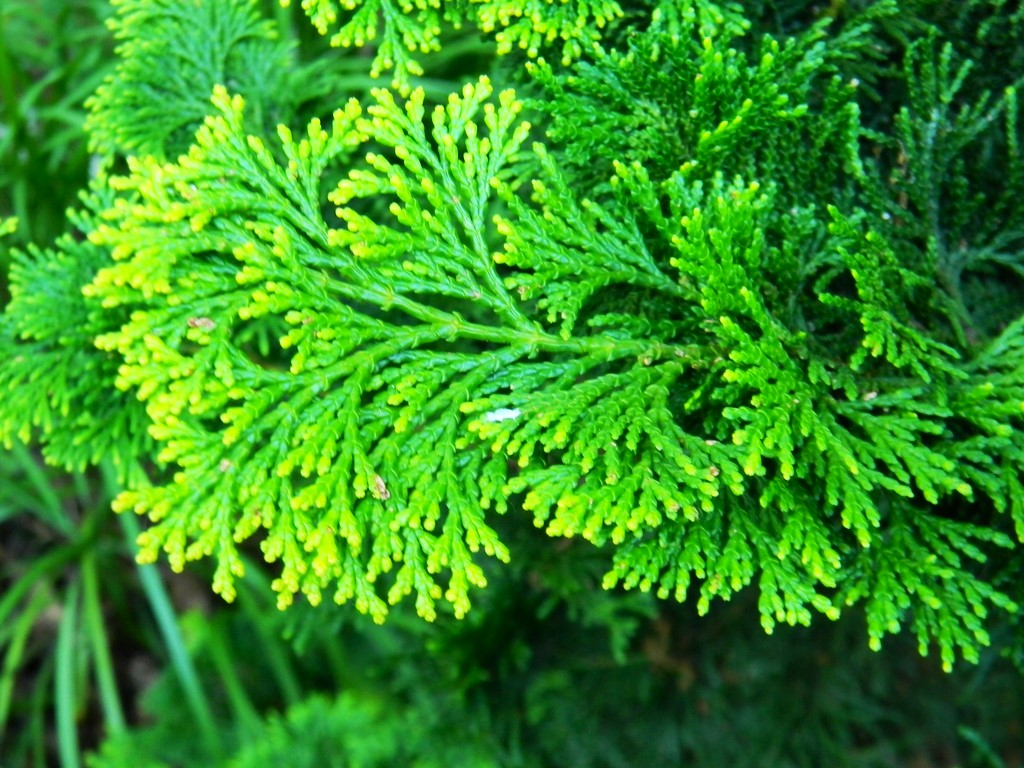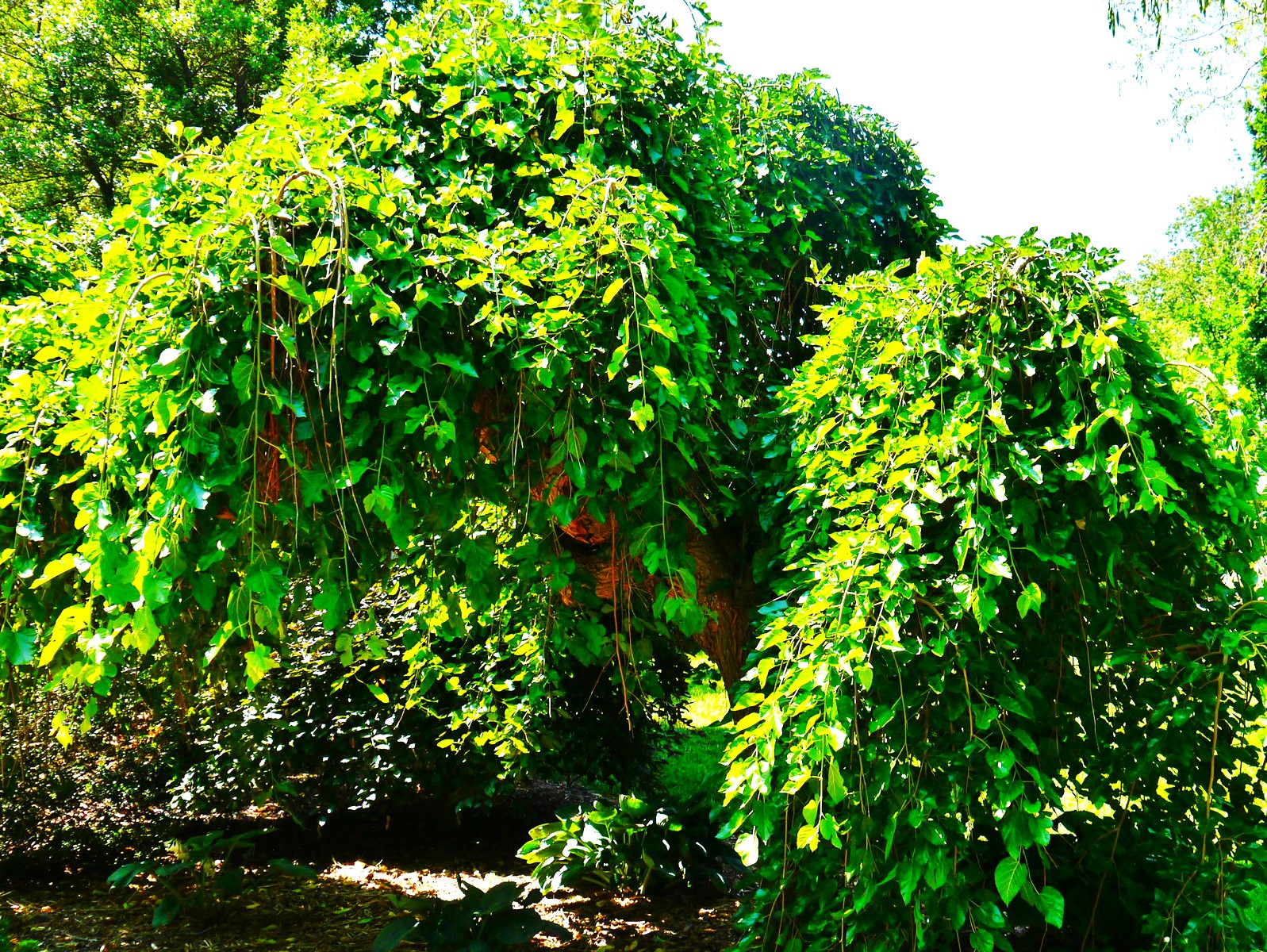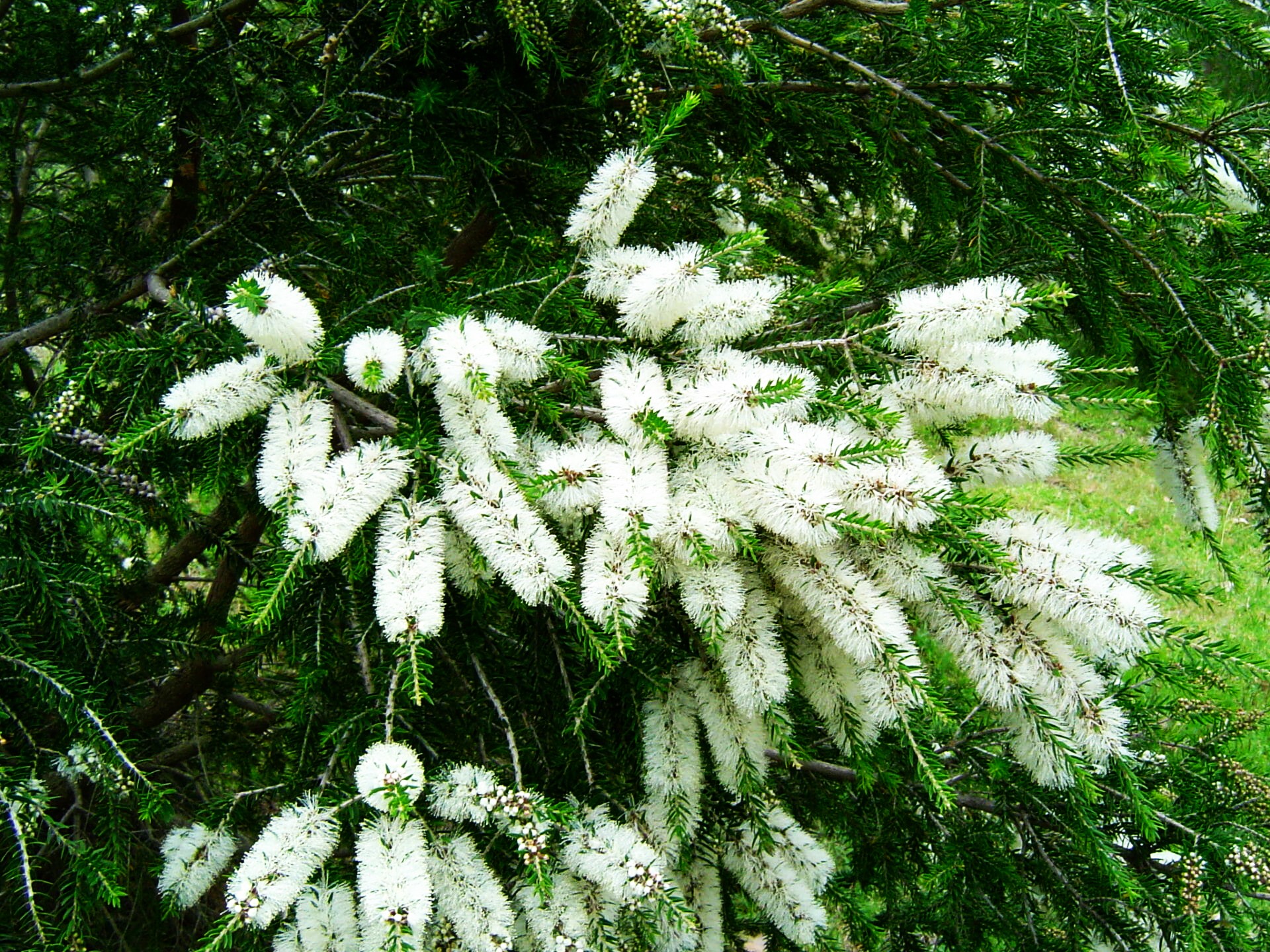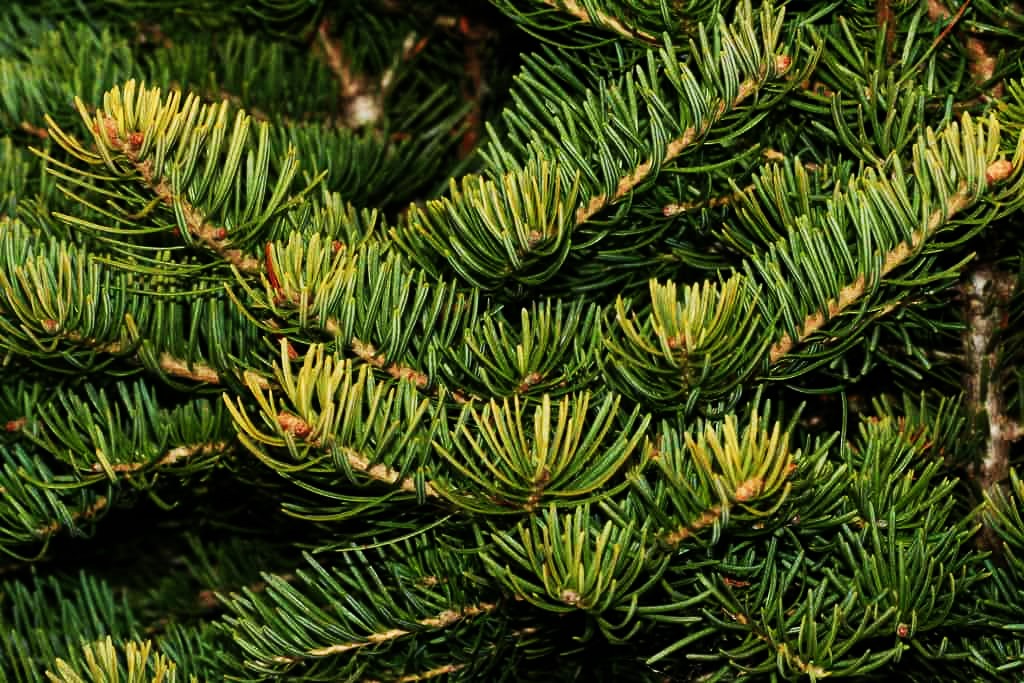Japanese Elkhorn Cedar: How to Grow Elkhorn Cedar Plant

There are numerous names for the elkhorn cedar, such as hiba arborvitae, Japanese elkhorn, elkhorn cypress, and deerhorn cedar. Its lone scientific name is Thujopsis dolabrata, and it’s not really an arborvitae, cypress, or cedar. This coniferous evergreen tree is indigenous to southern Japan’s moist forests. It’s not easy to find or maintain because it doesn’t thrive in all environments, but when it does, it’s stunning. For more information about elkhorn cedar, continue reading.
Information about Japanese Elkhorn Cedar
Evergreen Elkhorn Cedar trees have very short needles that branch outward on opposite sides of the stems, giving the tree a scaly appearance overall. The needles are green in the summer, but from autumn to winter, they take on a charming rust hue. It is best to choose your trees in the fall if you want a nice color change, as this varies depending on the variety and particular tree. Tiny pinecones emerge on the tips of the branches in the spring. These will swell during the summer and eventually split open to disperse seed in the fall.
Cultivating Elkhorn Cedar
The Japanese elkhorn cedar is native to cloudy, wet forests in parts of China and southern Japan. This tree prefers acidic soil and cool, humid air due to its natural habitat. The luckiest growers are usually American ones in the Pacific Northwest. Though it can usually survive in zone 5, it thrives in USDA zones 6 and 7. The tree needs to be grown in a protected spot because it is susceptible to windburn. In contrast to most conifers, it thrives in partial shade.





